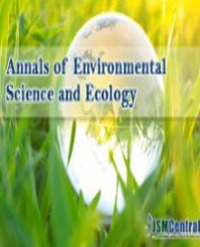
Heavy Metal Contamination in Seawater in Darsait, Azaibah and Seeb in Oman: An Assessment of Environmental Pollution
This study investigates heavy metal contamination in seawater and sediments in three coastal regions of Oman – Darsait, Azaibah and Seeb. In 2022, sample collections were made in subtidal ecosystems in these three areas, and the samples were analysed to assess the potential environmental impacts of treated wastewater. The study employed a comprehensive sampling strategy adhering to the Oman Environmental Impact Assessment (EIA) Guidelines to evaluate key parameters such as temperature, salinity, dissolved oxygen, and heavy metal concentrations see Appendix 1. Results indicate that the levels of most heavy metals contamination had not changed significantly since the baseline surveys in 2009 and 2012, but that some levels were still above EIA guidelines. Recommendations are made to reduce these levels, ensuring the protection of marine environments and humans while supporting industrial growth. This research contributes to our understanding of anthropogenic impacts on marine ecosystems in Oman and highlights the importance of regular monitoring and adaptive management practices.
Amran Al Kamzari1*, Sulaiman Al Shehhi1, Mohammed Al Kalbani1 and Tim Gray2

